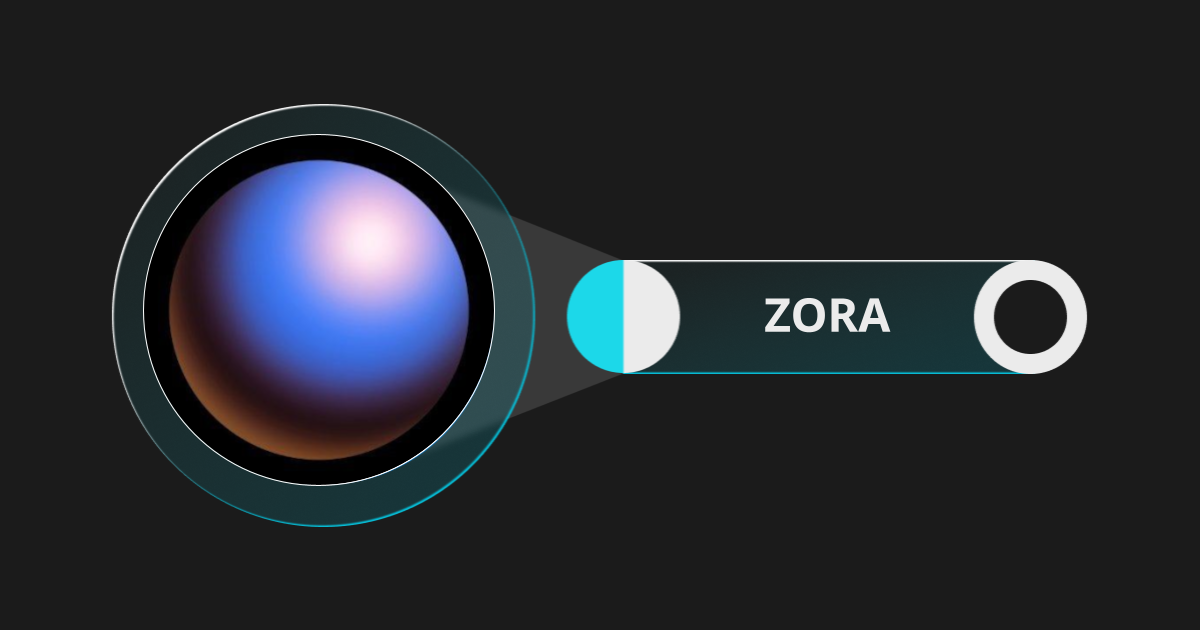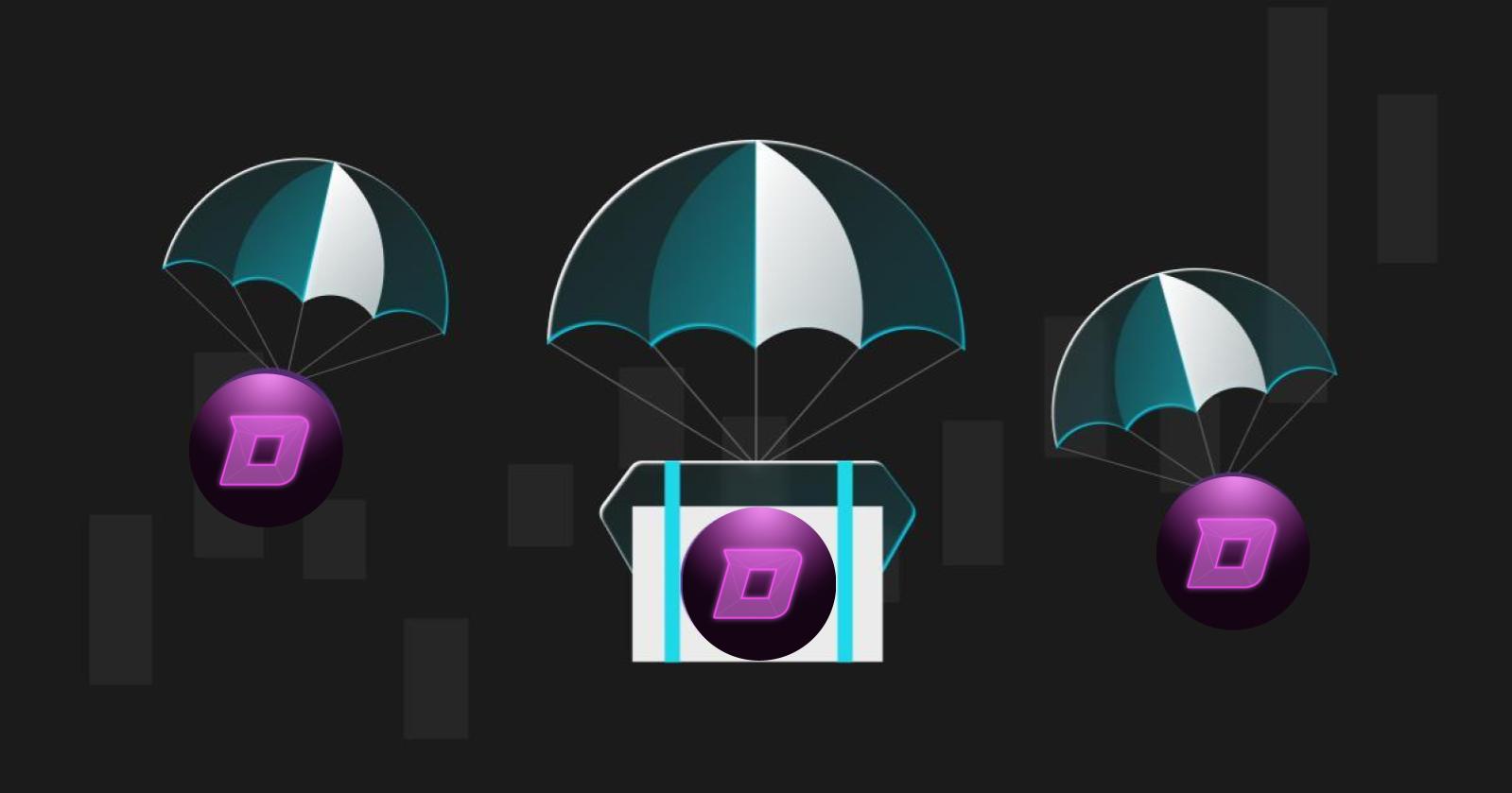
How to Mine Bitcoin in 2025: The Ultimate Guide for Beginners and Home Users
Introduction
How to mine bitcoin remains one of the most searched questions among crypto enthusiasts and investors. Whether you want to mine bitcoin with your PC in 2025, understand the mechanics of mining for investment decisions, or seek to grasp the latest industry trends, this guide equips you with everything you need to get started or to go professional in the evolving bitcoin mining world.
What Is Bitcoin Mining?
Bitcoin mining is the process of validating and recording new transactions on the blockchain. Miners solve complex cryptographic puzzles, and the first one to find a valid result gets to add a new block to the blockchain and receives a reward in bitcoin. This process not only secures the network but also issues new BTC into circulation according to a predetermined schedule.
How Does Bitcoin Mining Work?
The core of how to mine bitcoin lies in the proof-of-work (PoW) mechanism. Mining devices attempt trillions of cryptographic calculations every second to find a hash below a network-defined target. This race is what maintains network security and decentralization, as manipulating the system would require controlling over half of the network’s total computational power—a feat considered nearly impossible.
After a miner successfully discovers a valid hash, the block is broadcast to the network, verified by other miners, and the winning miner receives a reward (currently 3.125 BTC plus transaction fees, after the most recent halving). This reward halves roughly every four years, impacting mining profitability and difficulty.
The Role of Miners in the Bitcoin Ecosystem
Miners are critically important for the following reasons:
-
They confirm and validate transactions, preventing double-spending.
-
They secure the network from attacks via computational proof-of-work.
-
They enable the decentralized issuance of new bitcoin.
Step-by-Step Mining Process: From Transaction to Block Reward
-
Pending transactions are assembled by miners into a candidate block.
-
The miner’s hardware computes as many possible hashes as possible to find the right one.
-
The first device to find a solution adds the block to the chain.
-
The process repeats every approximately 10 minutes, releasing new bitcoin and fees.
Mining Pools: The Power of Collective Hashrate
Today, successful solo mining is extremely rare due to increased competition and hash difficulty. Most miners, whether hobbyist or professional, join mining pools to combine their computing power. This means more predictable payouts, as rewards are distributed in proportion to each participant's contribution.
How to Mine Bitcoin With Your PC at Home in 2025
If you’re interested in how to mine bitcoin with your PC in 2025, it’s important to understand the landscape has changed. Bitcoin’s rising difficulty means traditional home devices are extremely unlikely to generate profit, but there are practical reasons to try—such as education and gaining insight into blockchain technology.
Getting Started at Home:
-
Choose Your Approach:
True bitcoin mining with a regular CPU or GPU is mostly obsolete. Instead, consider purchasing a USB ASIC device, which plugs into your PC and provides dedicated mining capability. While you shouldn’t expect to earn significant BTC, this method is accessible and easy to set up. -
Download Appropriate Software:
Install mining software—CGMiner, BFGMiner, or similar—that works with both your hardware and chosen pool. Follow the developer’s step-by-step instructions for correct configuration. -
Set Up a Bitcoin Wallet:
Secure your mining rewards in a trusted, non-custodial bitcoin wallet. Wallet addresses are used for pool payouts and long-term storage. -
Join a Mining Pool:
Connect to a reputable pool that aggregates hashpower and distributes block rewards among participants. Without a pool, home miners have almost no chance of ever mining a block themselves. -
Configure Cooling and Power:
Even USB ASICs and GPUs can generate considerable heat during operation. Ensure your workspace is well-ventilated. Track your electricity usage and understand local rates—costs can easily exceed earnings. -
Monitor Performance and Payouts:
Use the mining pool dashboard and your wallet to track small, incremental earnings and monitor device health. -
Consider Altcoin Mining:
If you wish to try for better returns, many home miners switch to mine other cryptocurrencies with lower difficulty, converting altcoins to BTC later on most exchanges.
NOTE: For most users, mining at home in 2025 is an educational experience or a hobby rather than a profitable venture. Cloud mining is another option, but research carefully to avoid scams.

Chart: Comparing Mining Methods in 2025
Mining in 2025 is far more competitive than ever before. Difficulty, set dynamically by the network, rises with global hashpower, making it difficult for non-industrial miners to recoup costs. Profitability hinges on hardware efficiency, electricity prices, uptime, bitcoin price, and pool fees. For most individuals mining at home, costs exceed rewards unless electricity is effectively free or you are mining on an already running device just for fun. Professional operations in favorable locations can remain profitable, but must constantly optimize every variable.
How to Mine Bitcoin Professionally: The Business of Big-Scale Mining
In 2025, professional bitcoin mining is characterized by high capital investment and operational efficiency. The industry is dominated by participants who deploy fleets of advanced ASIC (Application-Specific Integrated Circuit) miners such as the Bitmain Antminer S21 Pro or the MicroBT Whatsminer M66S.
Geographic strategy is more crucial than ever, with regulatory and energy price dynamics shifting the map of global mining hotspots. Major mining companies have migrated operations to energy-rich and regulation-friendly regions. Bhutan is a prime contemporary example. Leveraging abundant hydropower, Bhutan mines bitcoin using carbon-negative energy and maintains a cool climate ideal for large-scale data centers. Its bitcoin mining reportedly accounts for a sizable portion of the national economy. Kazakhstan gained traction owing to its affordable electricity, although government-imposed taxes and stricter controls have curbed growth. Some miners are also exploring countries in Central Asia, South America, and Africa with untapped energy resources and business-friendly policies.
Professional miners not only invest in the latest hardware, but also maintain sophisticated cooling and ventilation solutions, employ around-the-clock monitoring teams, negotiate direct contracts with power generators, and join or form elite mining pools to maximize efficient block discovery. They ensure high-level cybersecurity and physical security, as hardware and earned bitcoin can be targets for attacks.
Security Considerations for Bitcoin Miners
Security is fundamental to any mining operation. Cybersecurity is your first line of defense: always use up-to-date software, reliable firewalls, and robust anti-malware protection. Keep your private keys and wallet credentials in highly secure hardware wallets or offline (cold) storage. Physically protect mining hardware from theft or tampering; this is particularly important for professional miners who manage costly facilities. Additionally, regular backups of wallet credentials and mining configurations guard against data loss and enable recovery in the event of device failure or cyberattack.
Latest Trends in Bitcoin Mining for 2025
Bitcoin mining is evolving rapidly to address environmental, technological, and economic challenges. The industry is now characterized by a pronounced shift to renewable and surplus energy sources—hydropower in Bhutan, for example, or wind in South America. ASIC miner advancements are delivering dramatic improvements in both computational efficiency and reduced energy consumption, making next-generation miners cooler, quieter, and more performant. Regulatory frameworks continue to tighten, with many countries outright banning mining, restricting energy access, or increasing grid charges. Despite low or negligible profits for home users, mining as a hobby or educational project remains popular and important for the decentralization ethos of the crypto community.
Conclusion
How to mine bitcoin—whether at home with your PC or on a professional scale—requires a clear understanding of the technical, economic, and regulatory factors at play in 2025. While professional and geographic dynamics now mean mining for profit is restricted to well-capitalized operations in energy-advantaged countries, the process remains a fascinating entry point for those learning about blockchain. For most beginners, starting with pool mining or experimenting with a USB ASIC offers an accessible, low-risk introduction.
FAQs
1. Can I still mine bitcoin with my PC in 2025?
Mining bitcoin profitably with a home PC is not viable due to increased network difficulty and ASIC dominance. It is best for education or experimentation.
2. How long will it take to mine 1 bitcoin?
The time it takes to mine 1 bitcoin depends on your mining hardware, hash rate, current network difficulty, and whether you are solo mining or in a pool. For individual miners using home equipment, mining 1 whole bitcoin directly is virtually impossible. Even mid-sized professional ASIC miners will require several months and significant energy costs to mine a full bitcoin on their own. In practice, most miners earn a share of bitcoins proportional to their contribution by joining mining pools, and never mine a whole bitcoin in a single block themselves.
3. Can I mine bitcoin for free?
You cannot mine bitcoin for free in the sense of earning without any investment. Even if you use a mining app on a phone or PC, there are costs in the form of electricity, hardware wear, and often mining pool fees. Any website or service offering "free bitcoin mining" is likely misleading or a scam. Legitimate mining always incurs at least electricity and hardware expenses.
4. What is the best way for beginners to start mining bitcoin?
Beginners can start with a USB ASIC miner, join a mining pool, or experiment with cloud mining after careful research.
5. What are the key security measures for mining?
Use strong cybersecurity, store coins in hardware wallets, physically secure hardware, and maintain regular wallet backups.
6. How is the profitability of mining decided?
Profitability depends on hardware efficiency, energy price, bitcoin's market price, and pool or cloud fees.



